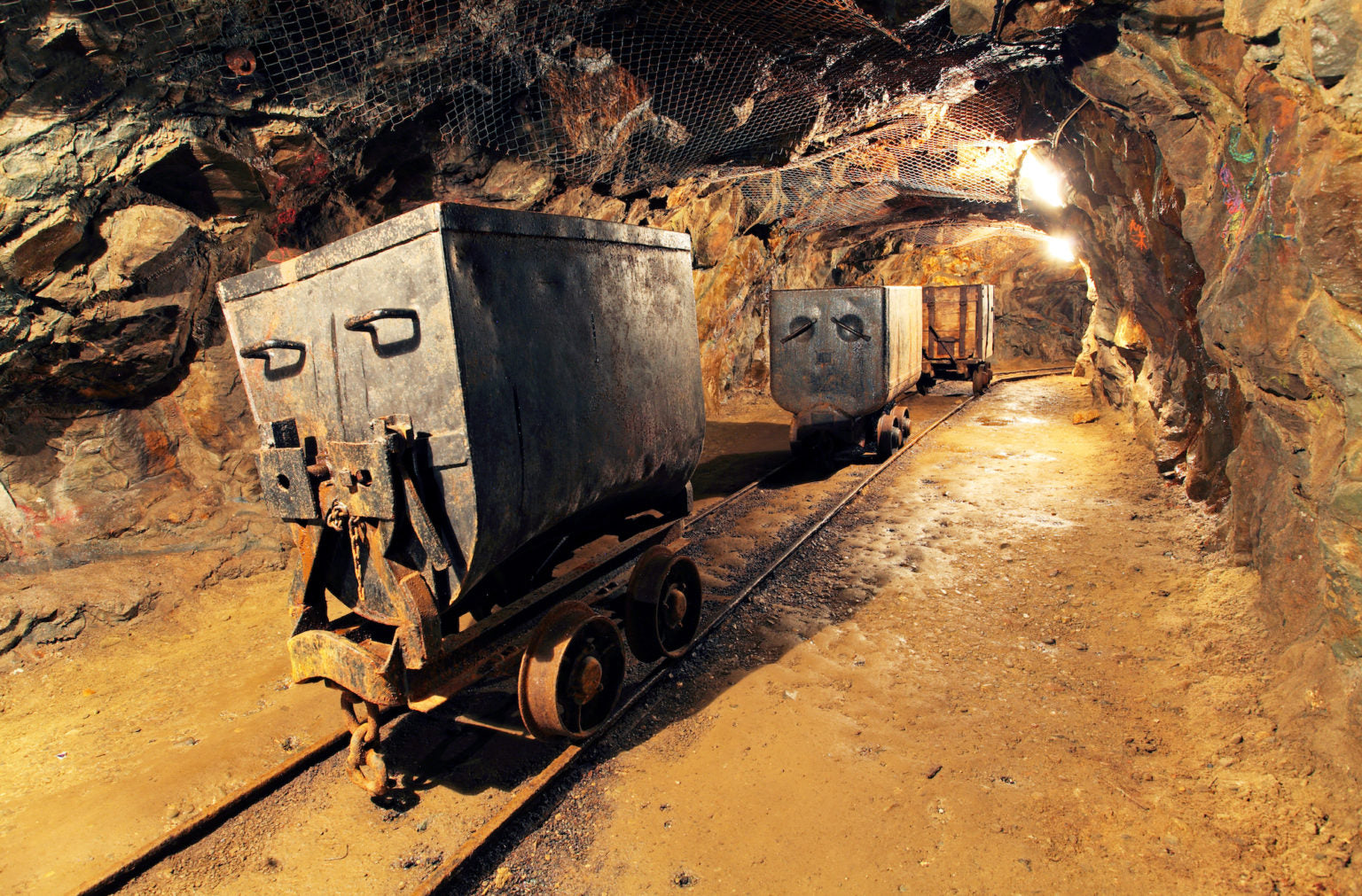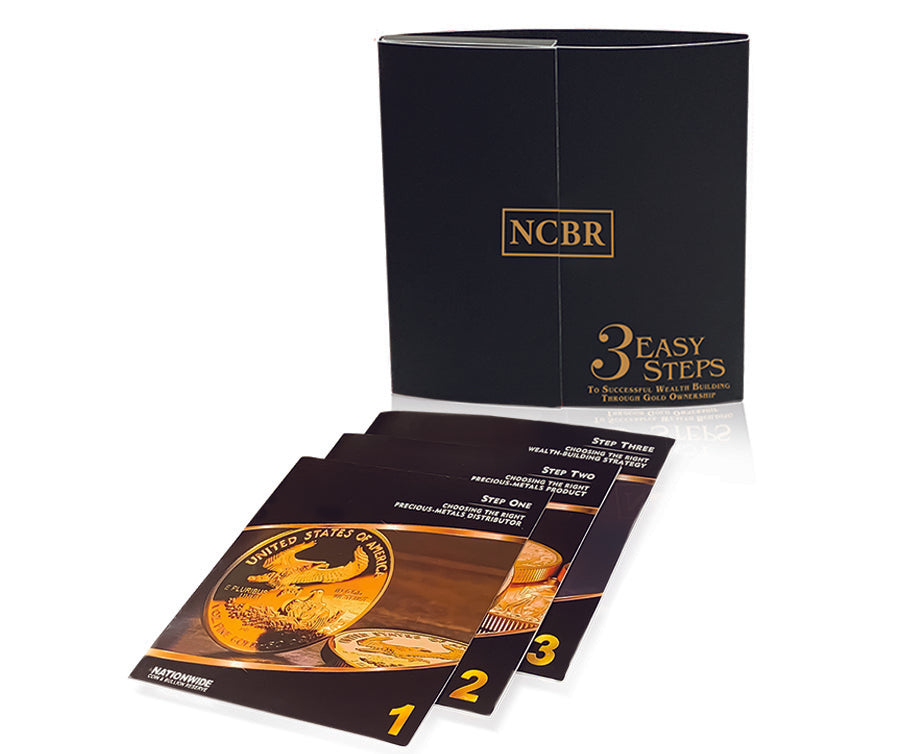If you’re considering investing in gold bars (also known as gold bullion), you might be overwhelmed by the different types of gold bars out there. One of the main differences in gold bars is how they’re created, but they also differ in their weight and where they were refined.
Your investment goals and starting capital will influence which type of gold bar you choose to invest in. Read on to learn more about the types of gold bars!
MANUFACTURING TYPES
CAST GOLD BARS
Cast gold bars are formed by liquid gold being poured into a mold to create a specific size bar. Each of these bars in unique because the process is less refined than that of minted gold bars. Cast gold bars look rougher and have more blemishes, and are only engraved with the bar’s weight, purity, and manufacturer.
Because these bars are fast and simple to create, they’re the cheapest type of gold bar to invest in. However, this also means that they are potentially tougher to sell because they may have blemishes.
MINTED GOLD BARS
Minted gold bars, however, look nearly perfect—so much so that they’re often securely packaged in order to retain its shiny, smooth finish. They’re formed by pouring gold into a long strip of metal and cut into bars from there, resulting in a final product that’s more visibly pleasing than cast bars.
Because these bars are often preserved in their original packaging, they’re easy to sell because they maintain their appearance. Tampering with or removing the packaging decreases the value of the bar.
WEIGHT TYPES
TRADITIONAL
Gold is measured and sold in troy ounces but is also sold in grams (a troy ounce is slightly more than 31 grams). One-ounce bars are arguably the most commonly sold because of their affordability and relatively small quantity. Gold is also often sold in increments of 1, 5, 10, 20, 50, and 100 grams.
COMBIBARS
One of the problems that arose in the 2000s was that those investing in gold wanted it broken up into smaller bars so they could sell it more easily if the need arose. With traditional bars being sold in standardized sizes, you’re unable to sell a portion of a bar—it’s all or nothing.
Valor & Cambi, a Switzerland-based refinery, created the CombiBar to allow investors to sell their gold in as little as one gram at a time. Each CombiBar contains 50 grams of .9999 pure gold and can be broken into 50 individual one-gram pieces without the gold losing any value.
A CombiBar typically costs more per ounce than a regular gold bar, but you’re paying for the convenience of being able to sell it in smaller weights. If you’re planning only slowly liquidating your investment, this is a great choice.
REFINERY TYPES
Depending on what you’re planning to do with your gold bar investment, you need to research the different refineries and mints that create gold bars. If you’re looking to put gold into a precious metals IRA, you’ll need to buy gold bars that are bars that are created by an approved refinery and meet the requirements of a gold IRA. PAMP gold bars are one of the most popular.
If you’re just looking to invest in gold outside of an IRA or just for your own personal enjoyment, you have a little more flexibility with the refineries you choose to purchase from. Reputable refineries will disclose the purity—it should be .9999 purity—and weight of the bar. Some refineries go so far as to include a serial number or certification with the bar to certify its purity.
Real Time Precious Metals Data Below







